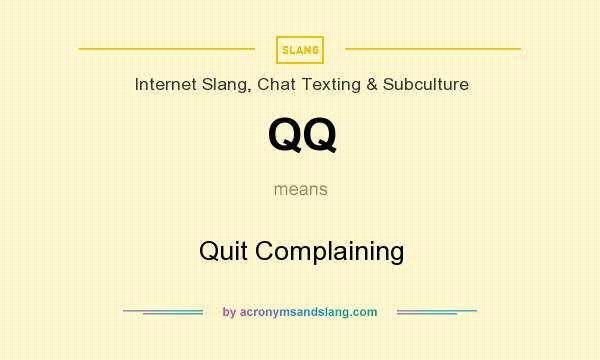
Q–Q plot for first opening/final closing dates of Washington State Route 20, versus a normal distribution.

The probability plot correlation coefficient plot (PPCC plot) is a quantity derived from the idea of Q–Q plots, which measures the agreement of a fitted distribution with observed data and which is sometimes used as a means of fitting a distribution to data. The term "probability plot" sometimes refers specifically to a Q–Q plot, sometimes to a more general class of plots, and sometimes to the less commonly used P–P plot. Since Q–Q plots compare distributions, there is no need for the values to be observed as pairs, as in a scatter plot, or even for the numbers of values in the two groups being compared to be equal. Q–Q plots are also used to compare two theoretical distributions to each other. This can provide an assessment of goodness of fit that is graphical, rather than reducing to a numerical summary statistic. Q–Q plots are commonly used to compare a data set to a theoretical model. A Q–Q plot is generally more diagnostic than comparing the samples' histograms, but is less widely known. The use of Q–Q plots to compare two samples of data can be viewed as a non-parametric approach to comparing their underlying distributions. Q–Q plots can be used to compare collections of data, or theoretical distributions. Q–Q plots can also be used as a graphical means of estimating parameters in a location-scale family of distributions.Ī Q–Q plot is used to compare the shapes of distributions, providing a graphical view of how properties such as location, scale, and skewness are similar or different in the two distributions. If the distributions are linearly related, the points in the Q–Q plot will approximately lie on a line, but not necessarily on the line y = x. If the two distributions being compared are similar, the points in the Q–Q plot will approximately lie on the identity line y = x.

This defines a parametric curve where the parameter is the index of the quantile interval. A point ( x, y) on the plot corresponds to one of the quantiles of the second distribution ( y-coordinate) plotted against the same quantile of the first distribution ( x-coordinate). In statistics, a Q–Q plot ( quantile-quantile plot) is a probability plot, a graphical method for comparing two probability distributions by plotting their quantiles against each other. The curved pattern suggests that the central quantiles are more closely spaced in July than in March, and that the July distribution is skewed to the left compared to the March distribution. A Q–Q plot comparing the distributions of standardized daily maximum temperatures at 25 stations in the US state of Ohio in March and in July.


 0 kommentar(er)
0 kommentar(er)
